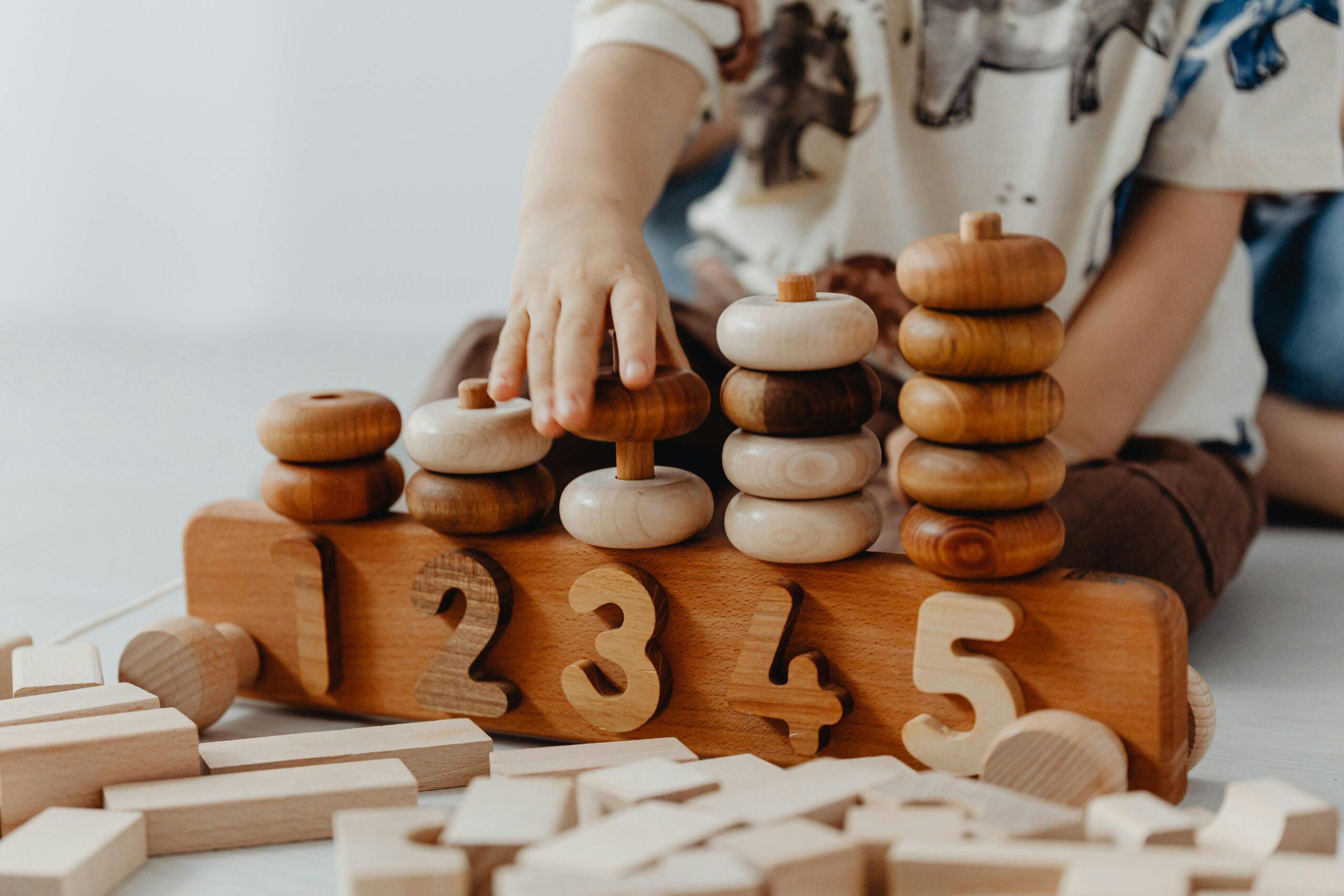As a mother, one of the greatest joys is watching my child learn through play. At home, I try to create a learning environment that doesn’t feel forced or like school. That’s why I turn to simple educational games that we can play together using materials we already have. These activities turn everyday moments into meaningful learning opportunities.
In this post, I’m sharing some of the educational games I play at home with my child—games that are easy to set up, require little or no materials, and are packed with learning.
Alphabet Treasure Hunt
What You Need:
Small objects or flashcards, paper, and a marker.
How to Play:
I write down letters on small cards and hide them around the room. Sometimes, instead of cards, I hide small toys that start with specific letters (like a ball for B or spoon for S). Then, I ask my child to find something that starts with a certain letter.
This simple activity helps with letter recognition, phonics, and vocabulary development in a fun, active way.
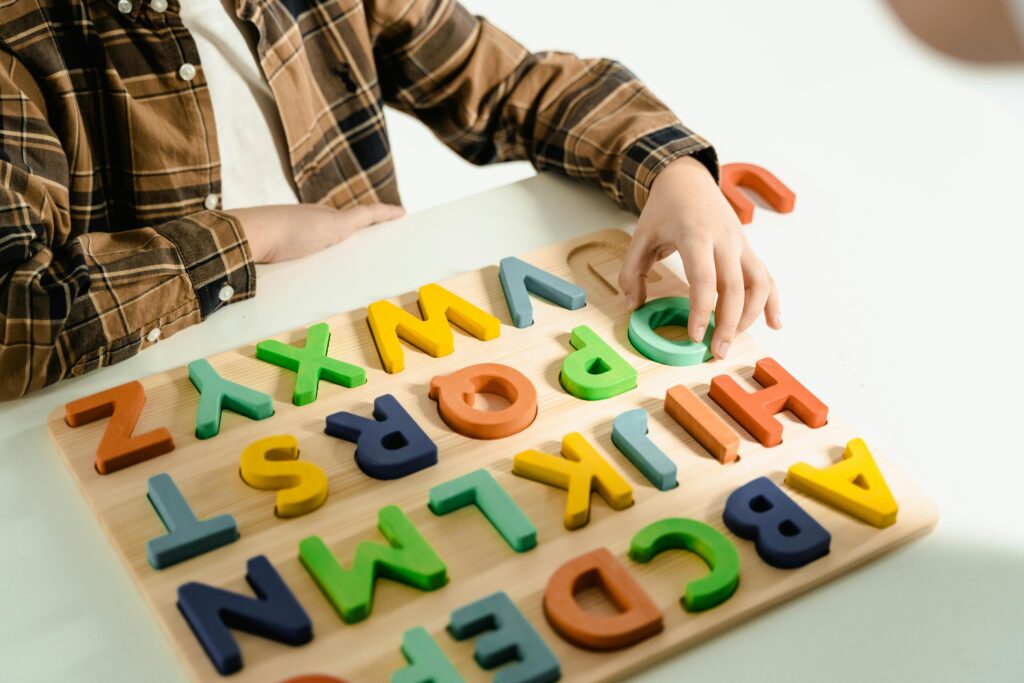
Sorting by Colors and Shapes
What You Need:
Toys, blocks, buttons, or kitchen items of various shapes and colors.
How to Play:
We grab a handful of mixed items and sort them into bowls by color—red, blue, yellow—or by shape—circle, square, triangle. Sometimes, I add a challenge by asking to sort only “blue circles” or “red squares.”
This game teaches basic math skills, sharpens observation, and enhances fine motor skills.
Indoor Number Hopscotch
What You Need:
Masking tape, marker, paper.
How to Play:
I tape numbers from 1 to 10 (or higher) on pieces of paper and arrange them like a hopscotch board on the floor. Then, I call out a number and my child jumps on it. We also play variations where we count forward, backward, or skip count.
This game is perfect for number recognition, counting practice, and physical movement.
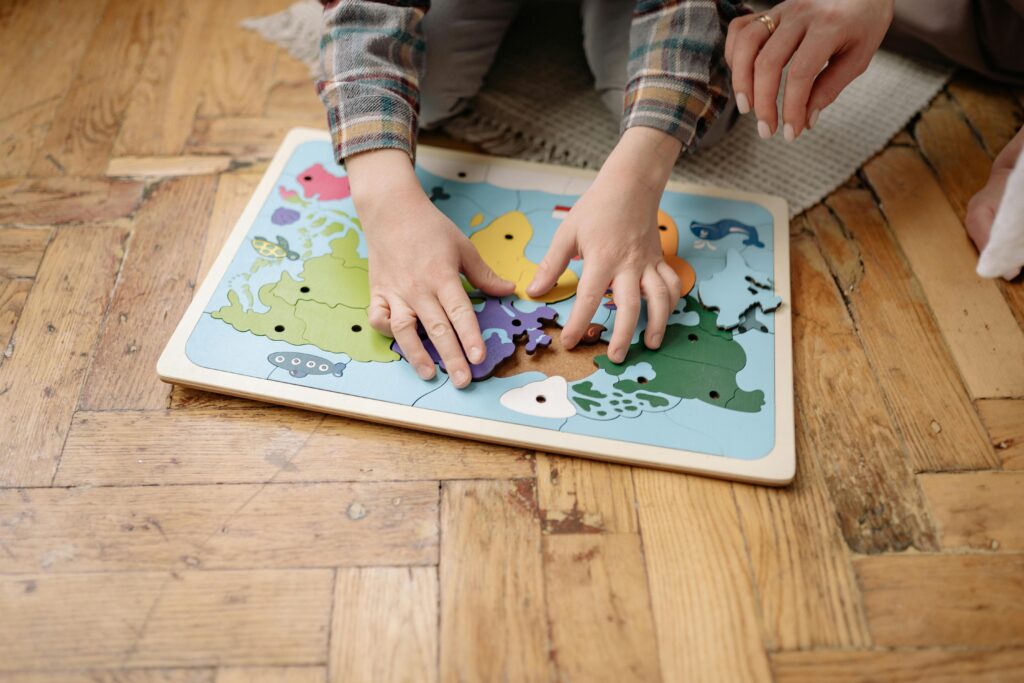
Story Time Puzzle
What You Need:
Picture books, printouts of images, scissors.
How to Play:
We take a favorite story and cut out pictures from it, then shuffle them. My child puts the images back in order and retells the story in his own words. Sometimes, we even draw scenes from a story and use them.
This activity builds sequencing skills, story comprehension, and boosts creative thinking.
Guess the Animal Game
What You Need:
Animal toys or flashcards.
How to Play:
I give clues like “I have a long neck and I eat leaves from tall trees,” and my child guesses the animal. We also take turns, and he gives clues while I guess.
This game improves listening skills, builds vocabulary, and encourages logical thinking.
Matching Pairs
What You Need:
Homemade cards, toy pairs, or household items.
How to Play:
I create cards with letters, shapes, colors, or numbers. We mix them up and lay them face-down. My child flips two at a time, trying to find matching pairs.
It strengthens memory, concentration, and visual recognition.
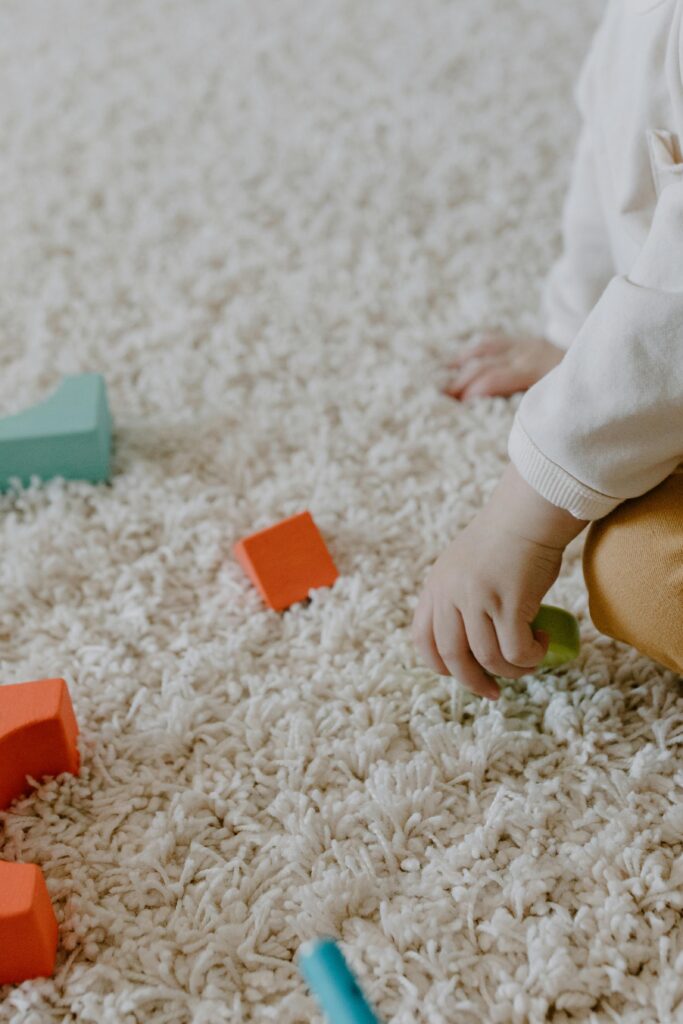
DIY Grocery Store
What You Need:
Empty food containers, play money or paper coins, paper bags.
How to Play:
We set up a pretend shop with food items and take turns being the shopkeeper and the customer. We use coins, “scan” items, and even write little shopping lists.
This role-play teaches basic math (counting money), social interaction, and everyday vocabulary.
Sing-and-Spell
What You Need:
Your voice and a little imagination.
How to Play:
We sing fun spelling songs like B-I-N-G-O or make up our own spelling songs using names and toys. Singing helps my child remember letters and spelling patterns.
It’s a fun way to introduce early literacy and letter recognition through rhythm and repetition.
Object Hide and Count
What You Need:
Toys or blocks, a small cloth or towel.
How to Play:
I lay out 5–10 toys and cover them with a cloth. Then I secretly remove a few and ask my child to count how many are missing. We uncover the cloth to check.
This game is great for building number sense, early subtraction skills, and memory.
Weather Station Pretend Play
What You Need:
Paper, crayons, simple props like sunglasses, scarves, or umbrellas.
How to Play:
We create a pretend weather station where my child plays the weather reporter. He draws today’s weather and announces it—“Today is cloudy with a little wind.”
This imaginative game teaches about seasons, weather vocabulary, observation skills, and speaking confidence.
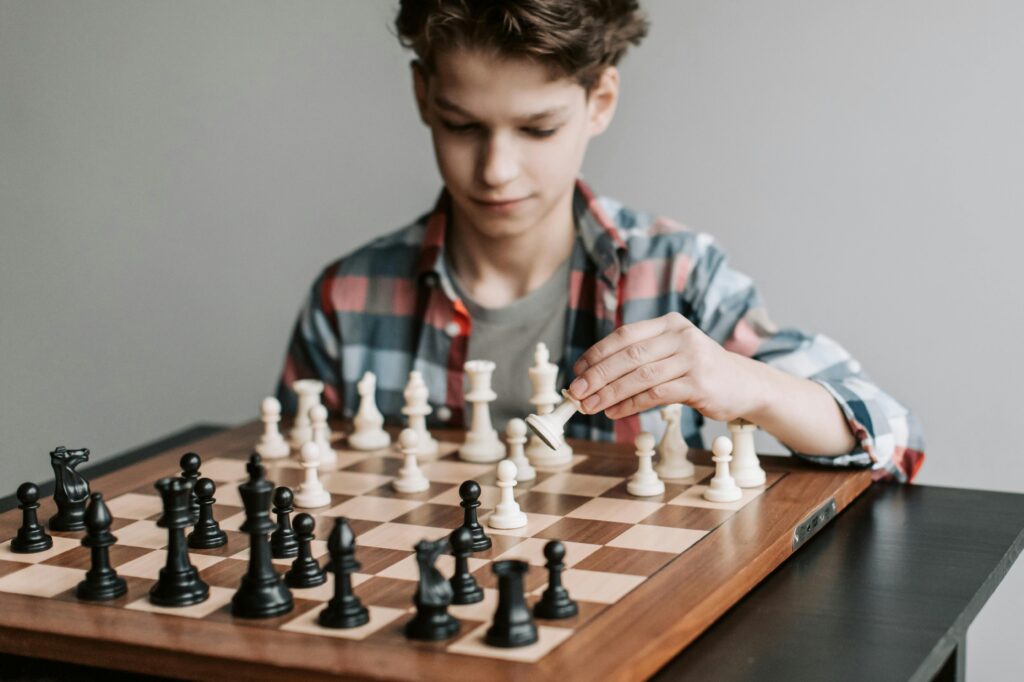
Why These Games Are Important
These educational games go beyond entertainment. They help develop key skills in a natural, playful way:
- Cognitive Skills: Sorting, matching, solving problems.
- Language Development: Vocabulary, phonics, storytelling.
- Mathematics: Counting, number recognition, basic addition or subtraction.
- Motor Skills: Jumping, drawing, sorting small objects.
- Social and Emotional Learning: Turn-taking, role-play, expressing ideas.
Instead of screen time or structured worksheets, these hands-on games offer joyful learning moments that stick.
Tips to Make Educational Play Effective
Here are a few lessons I’ve learned along the way:
- Keep it playful: If your child feels it’s “work,” they’ll lose interest.
- Follow their interests: If they love dinosaurs, use dinosaur toys in sorting or counting games.
- Stay flexible: It’s okay if the game doesn’t go as planned. Go with the flow.
- Short sessions work best: Ten to fifteen minutes of play can be very effective.
- Praise effort, not perfection: Celebrate participation and progress over results.
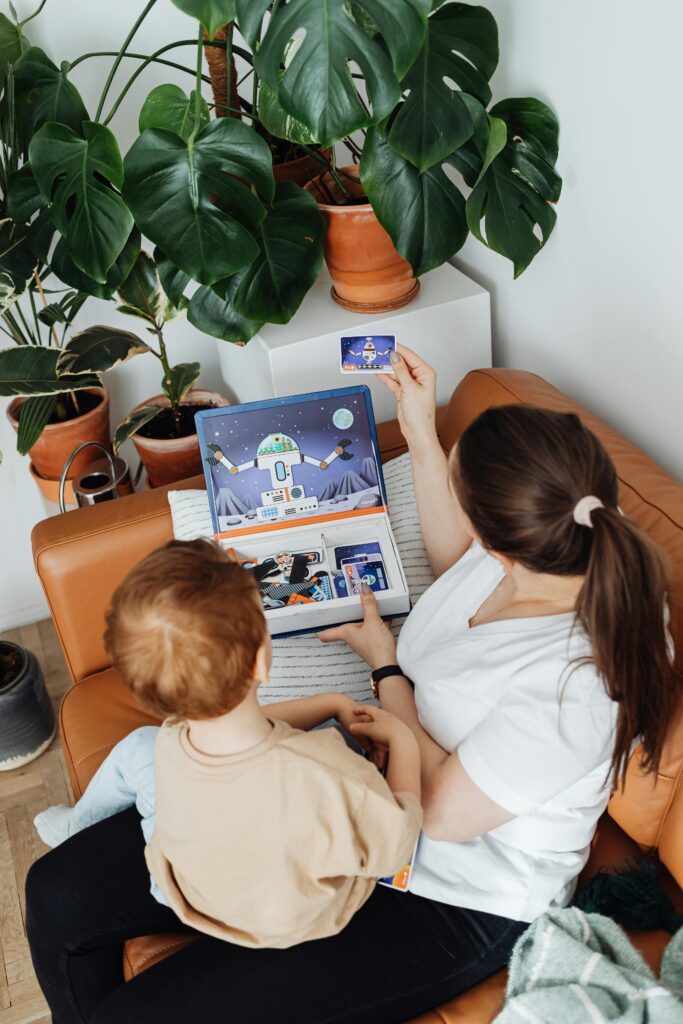
Final Thoughts
At-home learning doesn’t require expensive toys or formal lessons. With a little creativity and a lot of love, ordinary moments turn into powerful learning experiences. These simple games not only help my child learn but also bring us closer as we laugh, talk, and explore together.
If you’re looking for ways to support your child’s learning without stress, try introducing one or two of these games. You might be surprised how much they enjoy—and how much they learn in the process.
Frequently Asked Questions (FAQ)
What age group are these games suitable for?
These games are ideal for toddlers and preschool-aged children, typically between 2 to 6 years old. However, many of them can be adapted for older kids by increasing the complexity of the tasks or using advanced materials.
Do I need to buy anything for these games?
No, that’s the best part. Most of these games use common household items like paper, crayons, toys, empty boxes, or kitchen utensils. They’re budget-friendly and easy to set up with what you already have at home.
How much time should I spend on educational play each day?
Even 10 to 15 minutes per session can be effective. The key is to keep it fun and engaging. Some days your child may want to play longer, while other days a short session is enough. Follow their energy and interest.
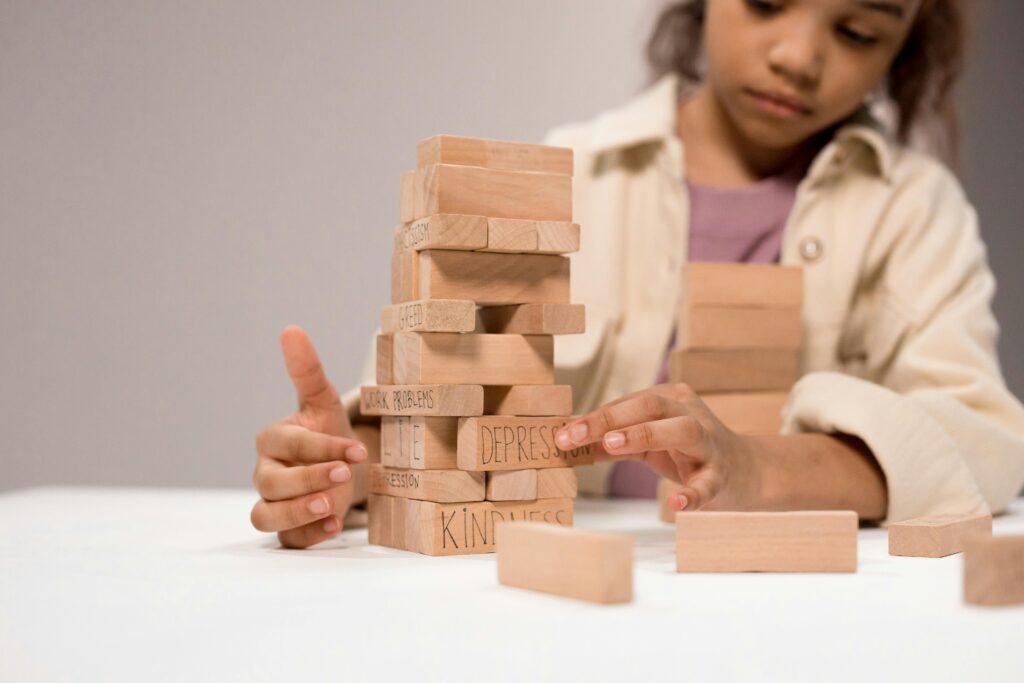
Can I use these games to reduce screen time?
Absolutely. These games are a great way to shift your child’s attention away from screens while still keeping them entertained and mentally stimulated. They’re hands-on, interactive, and foster real-world skills.
What if my child gets bored or doesn’t follow the game?
That’s completely normal. Children have short attention spans and may not always engage the way we expect. If a game doesn’t hold their interest, try another one or modify the rules to match their mood and curiosity. It’s all part of the learning process.
How can I tell if these games are helping my child learn?
Look for small changes over time—like improved vocabulary, better counting skills, more creative storytelling, or simply an increased interest in learning. Educational play is about slow, steady growth rather than instant results.
Can older siblings join these games?
Yes, older siblings can participate by helping the younger ones or by playing their own versions with more advanced tasks. It’s a great way to build sibling bonding while reinforcing leadership and teaching skills in the older child.
How can I make these games part of our daily routine?
You don’t need a rigid schedule. Try adding one game during playtime, after lunch, or before bedtime. Over time, it will become a natural and fun part of your day.



